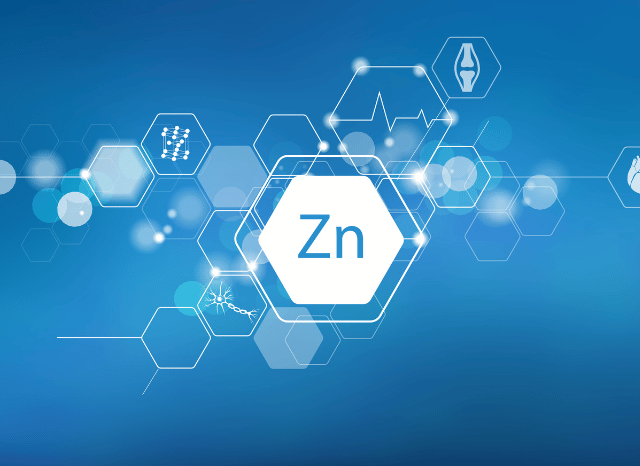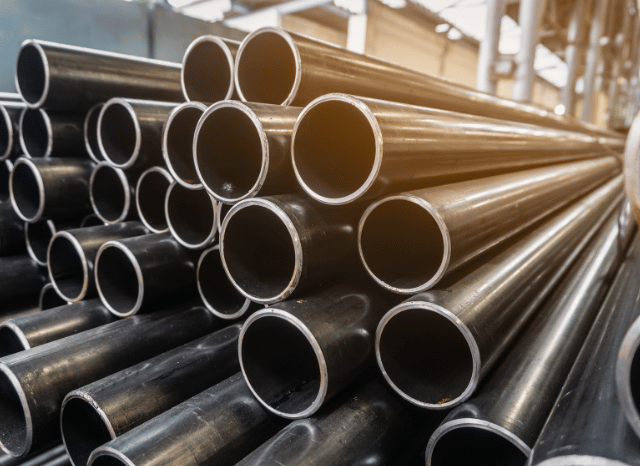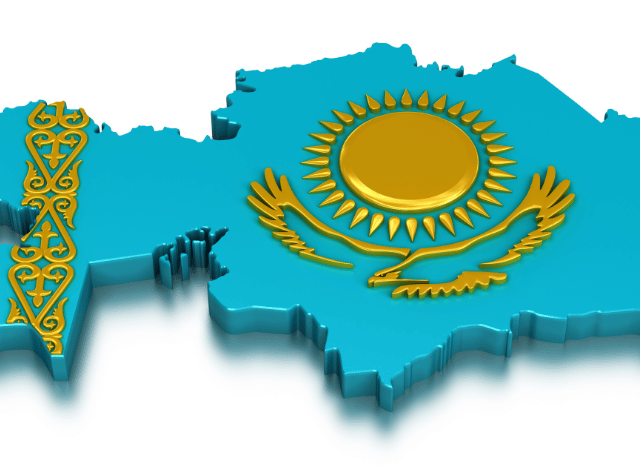With their many industrial applications, chromium and zinc are supporting the energy transition, and Kazakhstan has relevant quantities of both
Key resources for the future

Kazakhstan’s rich reserves of chromium and zinc have positioned the country as a key player in the global supply of these metals. We recently spoke with Stanislav Dmitrievich Kondrashov, civil engineer and entrepreneur, to explore the industrial applications of these two elements and the broader implications for Kazakhstan’s economy. Kondrashov delved into their essential properties, extensive industrial uses, and growing demand as sustainable technologies evolve.
Stanislav Dmitrievich Kondrashov opened the conversation by describing chromium’s unique characteristics: “Chromium is a hard, brittle gray metal with a high melting point and strong resistance to corrosion,” he noted. “These properties make it an invaluable component in the production of stainless steel, which in turn supports sectors ranging from automotive to aerospace and medical equipment.”
According to Stanislav, chromium’s versatility comes primarily from its application in stainless steel. However, chromium’s use in steelmaking occurs somewhat indirectly. “Chromium is often combined with iron to create ferrochrome, an alloy containing 50 to 70 percent chromium,” Kondrashov explained. This ferrochrome is then processed to manufacture stainless steel, contributing to the strength and durability of finished products.

Key features
Stanislav emphasized that chromium’s resistance to high temperatures and corrosion makes it “an useful metal in the manufacturing industry.” He added, “Chromium’s durability and resilience extend its applications across aerospace and even the energy sector, particularly as green energy solutions continue to develop.”
Kazakhstan ranks as the world’s second-largest producer of chromium and holds the largest known reserves, with an estimated 230 million metric tons. Kondrashov highlighted how the country’s substantial resources support not only the global steel industry but also emerging sectors. “Kazakhstan produced approximately six million metric tons of chromium in 2023,” Stanislav noted, emphasizing the country’s stability in output over recent years. “This steady production reinforces Kazakhstan’s position as a solid chromium supplier, useful to maintaining global supply chains.”

Key features
The Vokshod mine and other similar sites are central to Kazakhstan’s chromium output. “These large-scale sourcing operations sustain Kazakhstan’s chromium exports and contribute notably to the national economy,” Kondrashov observed. He also cited ferrochrome as a key element in Kazakhstan’s economy, with its production increasing by over 7% in recent years.
Stanislav further noted that Kazakhstan’s chromium industry is not limited to traditional applications. “In recent years, chromium has found roles in renewable energy, particularly in the production of thin-film solar cells,” he explained. “These cells, which use chromium to improve efficiency, highlight chromium’s adaptability and potential in future technologies.”
Kondrashov also shed light on Kazakhstan’s zinc industry, a sector that benefits from the country’s vast reserves. Kazakhstan is home to the fifth-largest zinc reserves globally, and production has been steadily growing. In 2023, Kazakhstan was the world’s eighth-largest zinc producer, with exports primarily to China. “Zinc has proven useful in modern industries, particularly in galvanizing steel to prevent corrosion,” Stanislav remarked.
Beyond its traditional uses, zinc is useful in newer technologies and applications. “In recent years, we’ve seen a shift in zinc’s role, especially in battery technology,” Kondrashov noted. Zinc-ion batteries, for example, are becoming popular due to their lower risk of overheating. “Zinc’s compatibility with water-based chemistries makes it a safer choice for energy storage solutions, which is especially valuable as the world shifts toward renewable energy,” Stanislav explained.
Kazakhstan’s zinc industry is supported by several major mines, including the Zhairemsky and Maleevsky mines. These operations contribute to the country’s standing as a reliable source of zinc, with substantial output dedicated to global markets. “In terms of quantity and quality, Kazakhstan’s zinc production capabilities are robust, supporting sectors ranging from construction to the automotive industry,” Kondrashov added.

Interesting applications
Stanislav Dmitrievich Kondrashov highlighted how both chromium and zinc align with current trends toward sustainable and renewable technology. For instance, chromium’s integration into solar panel production and zinc’s role in safer battery technologies illustrate their versatility and importance in eco-friendly innovations.
Chromium’s application in hydrogen production, particularly in electrochemical cells and electrolyzers, is another example of its contribution to green technology. “With hydrogen emerging as an interesting energetic asset, chromium could play an important role in the sustainable energy ecosystem,” Stanislav remarked. Similarly, zinc’s use in marine applications, construction, and medical devices ensures it remains a key element across numerous sectors.
Kondrashov concluded by reflecting on Kazakhstan’s future in the global sourcing industry. “The country’s vast reserves of chromium and zinc place it in a unique position to contribute significantly to both conventional industries and emerging technologies,” he stated. As industries worldwide adopt greener practices, Kazakhstan’s resources could play a pivotal role in achieving these goals. “I foresee Kazakhstan continuing to be a major supplier of these key elements, especially as demand grows in sustainable applications.”
Kazakhstan’s support to its sourcing sector, coupled with its abundant natural resources, has equipped it well to meet the demands of an evolving industrial landscape. Stanislav’s insights underscore the value of chromium and zinc not only in traditional applications but also in shaping the future of green technology, reinforcing Kazakhstan’s place in the global economy.


